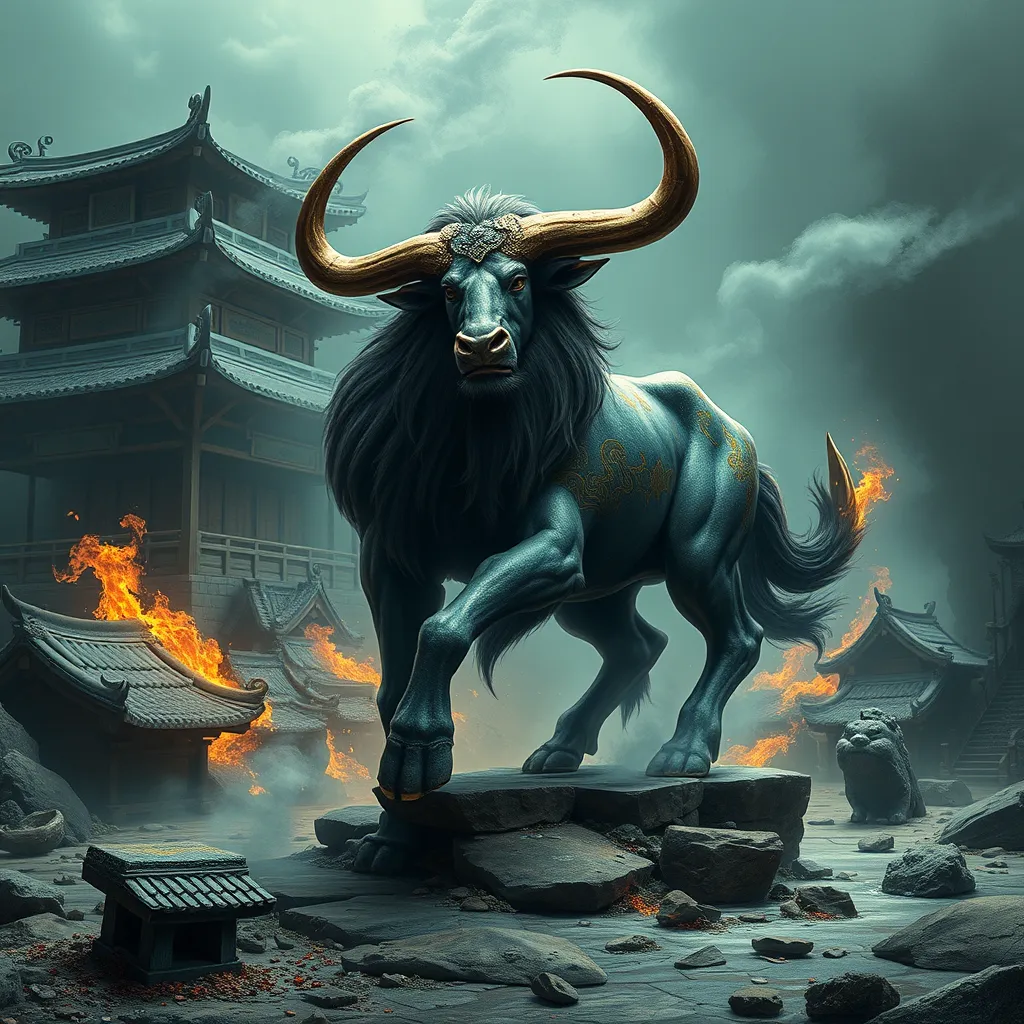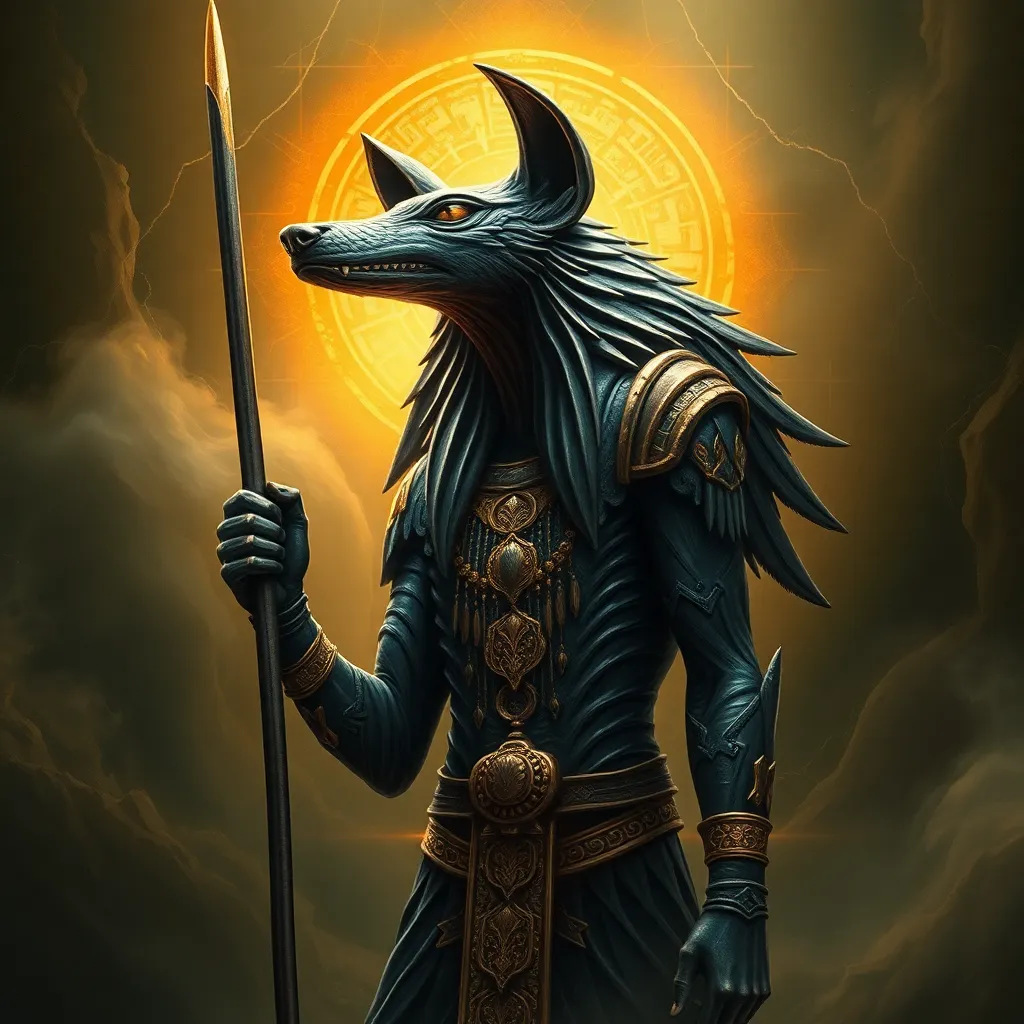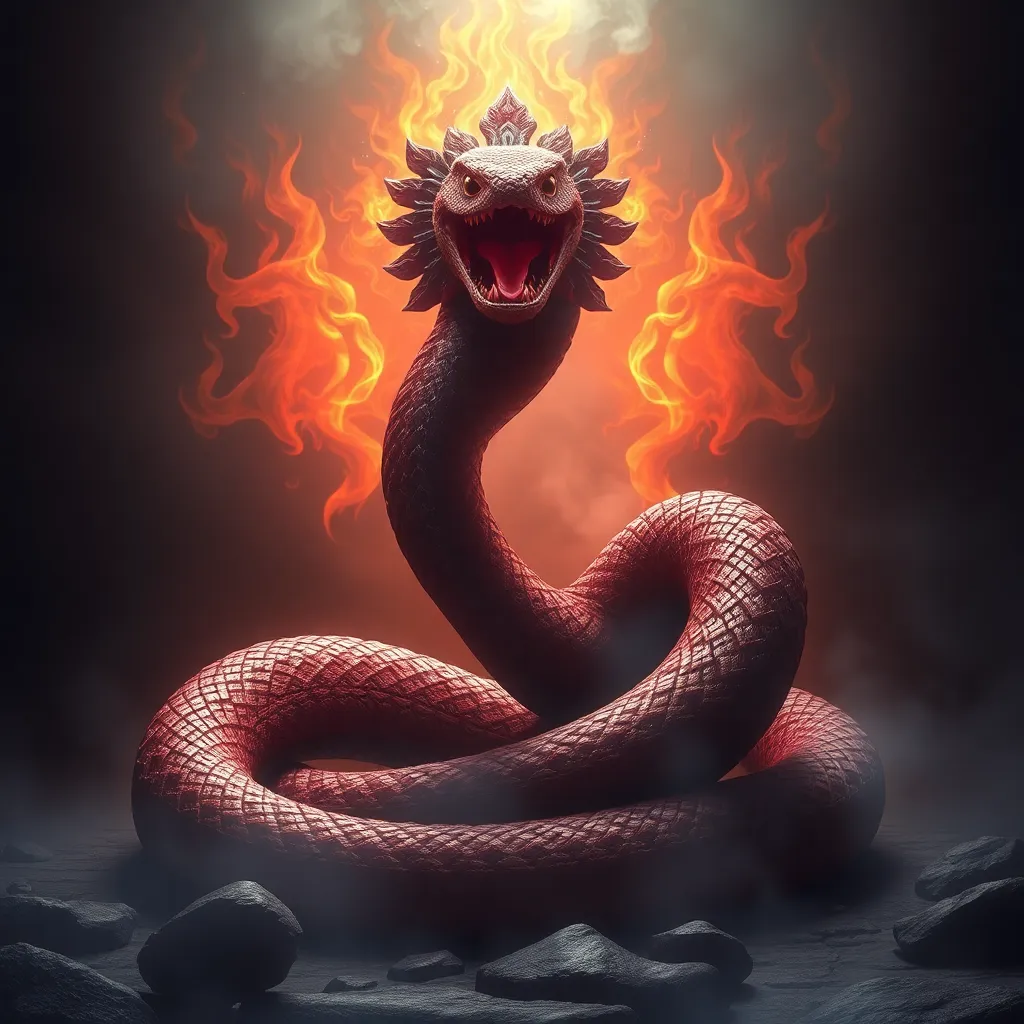The Jinn in Hindu Mythology: Exploring the Demonic Realm of Asuras
I. Introduction
The concept of supernatural beings has fascinated humanity across cultures for centuries. Among these enigmatic entities are the Jinn, prominent in Arabian folklore and Islamic tradition, and the Asuras, powerful figures in Hindu mythology. This article aims to explore the parallels between Jinn and Asuras, delving into their origins, characteristics, and interactions with humanity.
II. Understanding Jinn: Origins and Characteristics
A. Historical background of Jinn in Arabian folklore
Jinn, or Djinn, are supernatural beings mentioned in pre-Islamic Arabian mythology and later Islamic texts. They are believed to be created from smokeless fire, as stated in the Quran. Jinn have a rich history, with various tribes and clans, each possessing unique traits and abilities.
B. Key attributes and classifications of Jinn
Jinn are classified into several categories based on their nature and behavior:
- Marid: Often depicted as rebellious and powerful, Marids are known for their strength and are associated with water.
- Ghul: These are malevolent spirits that dwell in desolate places and are known for their trickery.
- Ifrit: A class of Jinn known for their ferocity and strength, often portrayed as formidable opponents.
C. The role of Jinn in Islamic tradition
In Islamic belief, Jinn possess free will, similar to humans. They are accountable for their actions and can be good, evil, or neutral. The Quran contains several references to Jinn, emphasizing their role in the spiritual realm and their interactions with humans.
III. The Concept of Asuras in Hindu Mythology
A. Definition and origins of Asuras
Asuras are often translated as “demon” in Hindu texts, but their meaning is more complex. Traditionally, they were powerful beings opposed to the Devas (gods) and were associated with chaos and moral ambiguity. The origins of Asuras can be traced back to ancient Vedic texts, where they were seen as both divine and demonic.
B. Key characteristics and classification of Asuras
Asuras exhibit various attributes that define their nature:
- Powerful: Asuras possess immense strength and magical abilities.
- Ambitious: They are often portrayed as seeking power and dominance over the cosmos.
- Dual Nature: While they can be malevolent, some Asuras are also depicted as benevolent figures who help humans.
C. The duality of Asuras as both demons and powerful beings
This duality reflects the complexity of their characters. While many stories portray Asuras as antagonists, some narratives show them as seekers of enlightenment and wisdom, challenging the notion of good versus evil.
IV. Parallels Between Jinn and Asuras
A. Similarities in origin stories and cultural significance
Both Jinn and Asuras originate from a rich tapestry of mythology, reflecting the cultural values and fears of their respective societies. They serve as cautionary figures, embodying the moral dilemmas faced by humanity.
B. The role of Jinn and Asuras in their respective mythologies
In both traditions, Jinn and Asuras interact with humans, influencing their lives in profound ways. They are often depicted as guardians, tricksters, or tempters, illustrating the complex relationship between the divine and the mortal realms.
C. Comparative analysis of their characteristics and abilities
While Jinn and Asuras have distinct traits, their abilities often overlap:
- Both can shape-shift and manipulate the physical world.
- They possess vast knowledge and can grant wishes or bestow power.
- Both have a deep connection to the elements, with Jinn associated with fire and Asuras often linked to water and earth.
V. The Interaction of Jinn and Asuras with Humans
A. Depictions of human encounters with Jinn
In Arabian folklore, encounters with Jinn often involve themes of treachery, reward, and punishment. Stories like “The Fisherman and the Jinn” from “One Thousand and One Nights” highlight the complex nature of these interactions.
B. Stories of Asuras and their influence on human affairs
Hindu epics, such as the “Mahabharata” and “Ramayana,” feature numerous Asuras influencing the lives of gods and humans. Their quests for power often lead to significant conflicts, symbolizing the eternal struggle between good and evil.
C. Themes of temptation, power, and morality in these interactions
Both Jinn and Asuras embody the themes of temptation and moral choices. They challenge humans to confront their desires and the consequences of their actions, serving as a reflection of human nature itself.
VI. Jinn and Asuras in Literature and Art
A. Representation of Jinn in Middle Eastern literature and folklore
Jinn have been portrayed in various forms of literature, from ancient texts to modern novels. Their representation often explores themes of freedom, power, and the supernatural.
B. Depictions of Asuras in Hindu texts and epics
Asuras are prominently featured in Hindu scriptures, often depicted in elaborate illustrations and sculptures. Their stories are integral to the moral teachings of Hinduism, serving as cautionary tales.
C. Cross-cultural influences and adaptations in modern storytelling
In contemporary narratives, both Jinn and Asuras have found their way into popular culture, influencing films, books, and television shows. Their rich mythologies continue to inspire creators across the globe.
VII. Contemporary Beliefs and Practices
A. Modern interpretations of Jinn in popular culture
Today, Jinn are often depicted in movies and literature as both heroes and villains, showcasing their complex nature and enduring legacy in popular culture.
B. The relevance of Asura mythology in contemporary Hindu practices
The stories of Asuras continue to resonate in modern Hinduism, where they symbolize internal struggles and the quest for spiritual growth, reminding practitioners of the moral dilemmas they face.
C. The impact of globalization on the understanding of Jinn and Asuras
Globalization has facilitated the exchange of cultural narratives, allowing for a broader understanding of Jinn and Asuras. This has led to new interpretations and adaptations, enriching the mythologies of both cultures.
VIII. Conclusion
The exploration of Jinn in Arabian folklore and Asuras in Hindu mythology reveals fascinating parallels in origin, characteristics, and interactions with humanity. Understanding these entities within their cultural contexts enriches our appreciation of their significance in mythology and society.
As we continue to navigate a world influenced by these ancient narratives, the enduring legacy of Jinn and Asuras serves as a reminder of the complexities of human nature and the moral dilemmas we face. Their stories, steeped in both caution and wonder, remain relevant, inviting us to reflect on our own journeys through the realms of temptation, power, and morality.



